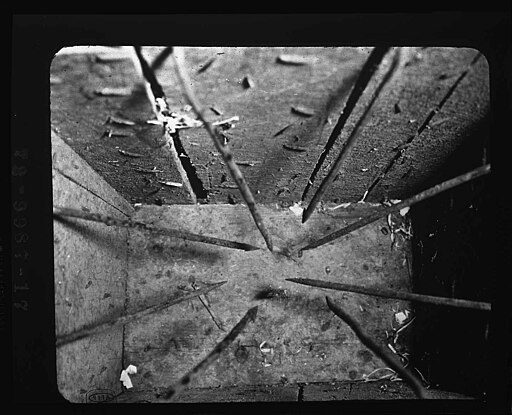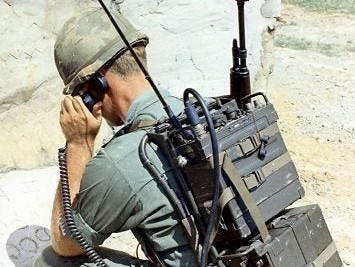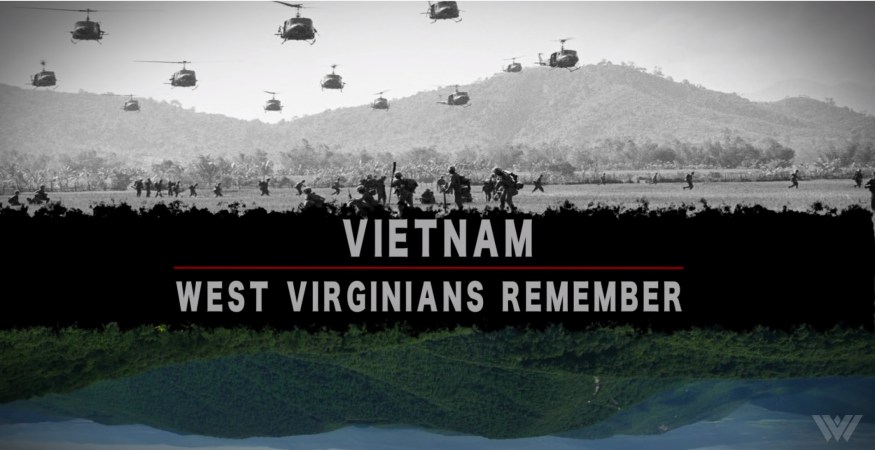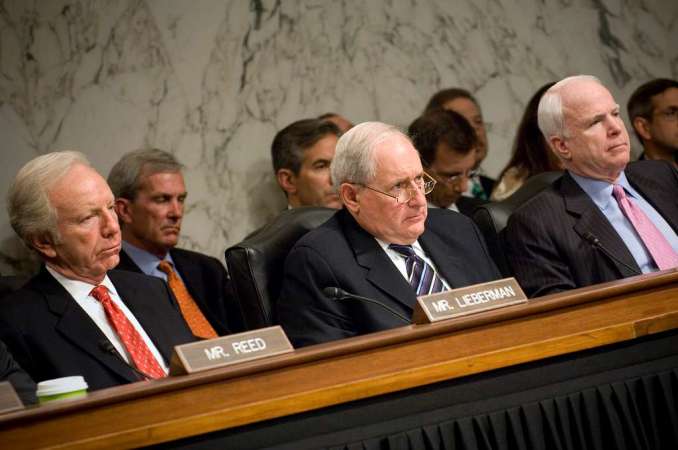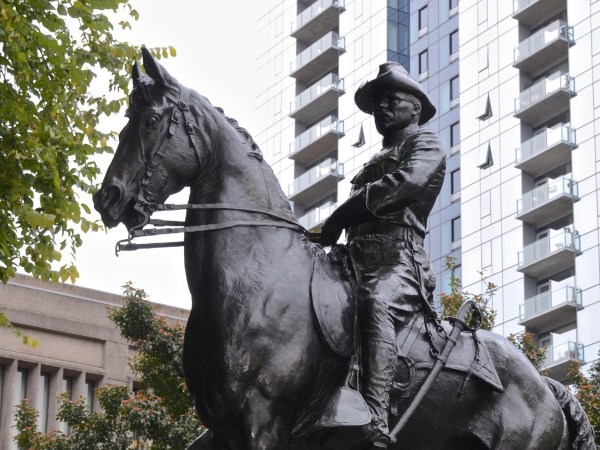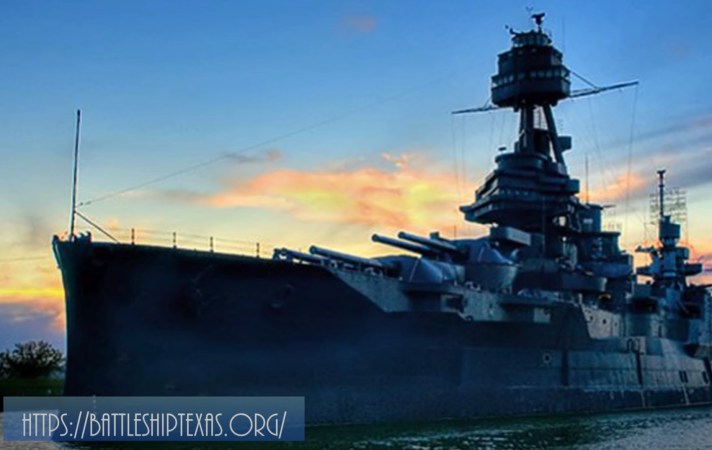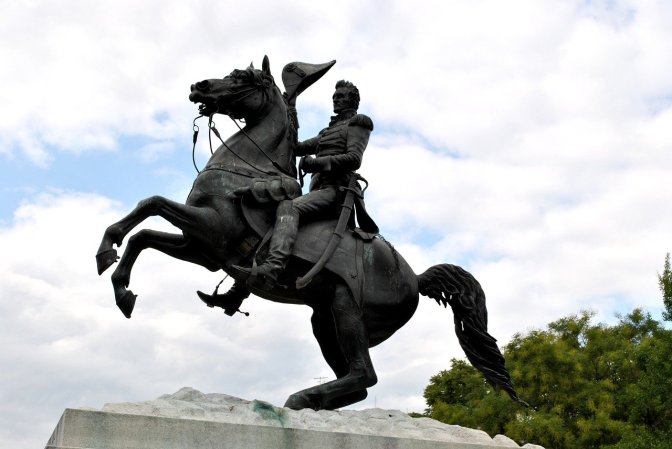In the early morning of Feb. 5, 1973, a USAF EC-47 was shot down over Laos. The plane, callsign Baron 52, had a crew of eight airmen aboard. Only four sets of remains were recovered from the wreckage. The other four were never found.
The EC-47 was a converted Douglas C-47 cargo aircraft, first built during World War II. It carried specialized electronics and flew top secret missions. The nature of its mission has led many to believe the four missing crew members were actually captured and taken back to the Soviet Union. They were never recovered.
Just a week before the downing of Baron 52, the United States agreed to end its involvement in the Vietnam War during the Paris Peace Accords. The plane was carrying electronic warfare equipment on a mission to monitor the Ho Chi Minh Trail for North Vietnamese tanks.

It was shot down in Salavan Province, Laos that morning, with the fuselage upside down and its wings completely stripped away. Air Force search and rescue arrived on the scene within an hour, finding the bodies of pilot Capt. George R. Spitz, copilot 2nd Lt. Severo J. Primm III and navigator Capt. Arthur R. Bollinger still in their seats in the cockpit.
The remains of the third pilot, 1st Lt. Robert E. Bernhardt, was in the rear of the plane but outside of it, near the jump door. The door, the top secret radio equipment, the four members of the rear crew and their parachutes were removed and never found.
The Air Force listed all eight of the crew as killed in action, but some Missing in Action/Prison of War advocacy groups question that assessment, considering four of them are still unaccounted for. Still the four were declared “accounted for” and were part of a mass memorial at Arlington National Cemetery.
Lynn O’Shea, one of the advocates, said her research shows that the four missing men may have been captured after bailing out of the plane and taken to the Soviet Union. The information they had on the sensitive equipment in the plane would have been extremely valuable to the USSR at the time. Sadly, O’Shea died in 2015.
In the years following the end of the war in Vietnam, researchers discovered that American intelligence had intercepted NVA radio traffic describing the capture of four airmen who were transported to the USSR.
For months, the United States heard radio traffic about airmen who were shot down the same day as Baron 52 and a Laotian intelligence asset reported seeing four prisoners held captive by the NVA. The incident and its aftermath remained classified.
The families of radiomen SSgt. Todd M. Melton, Sgt. Joseph A. Matejov, Sgt. Peter R. Cressman, and systems repair technician Sgt. Dale Brandenburg still believe their loved ones survived the crash and ended up captives in the Soviet Union. Many hope the airmen are still alive. They believe that the Nixon Administration didn’t pursue the missing airmen because the Laos flight was illegal under the terms of the Paris Peace Accords.
In November 1992, the government of Laos allowed a team of Americans to survey the crash site. That team turned up a number of bone fragments and a dog tag belonging to one of the missing airmen, but the results of the bone fragments were not conclusive. The United States maintains their status as “accounted for.”





